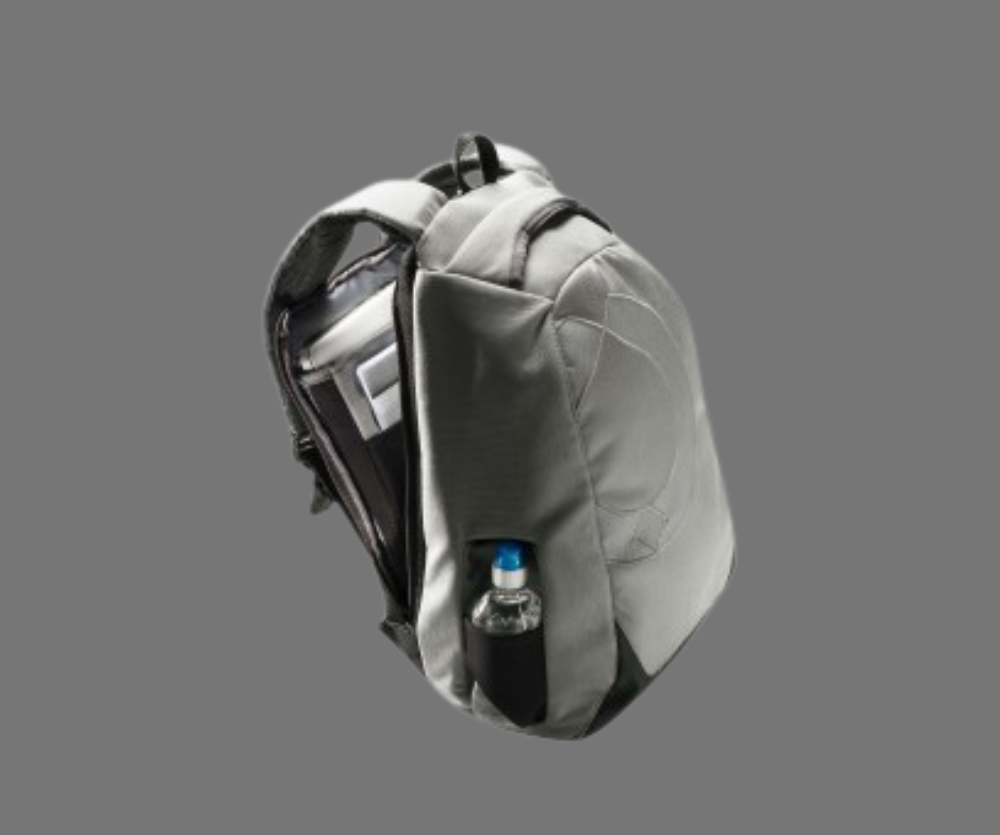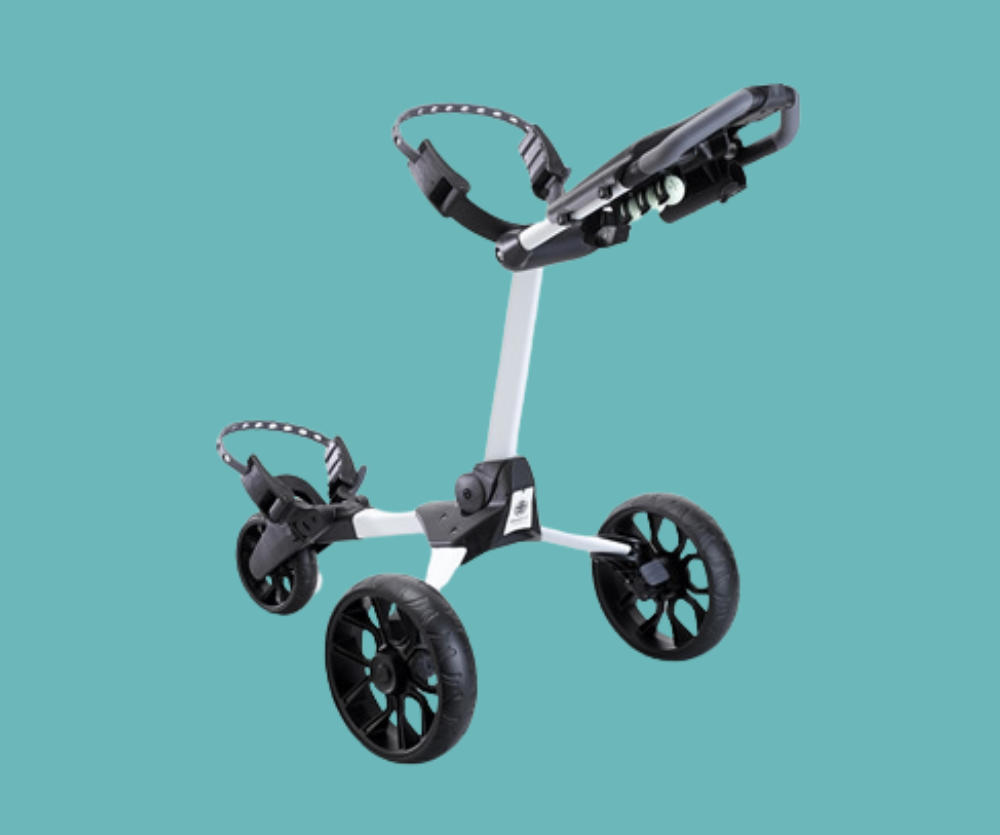Every task related to new product development is an essential part of most companies’ activities, and the investment associated with the endeavor can be substantial but difficult to estimate accurately. There is always a high degree of uncertainty due to market volatility and constant changes in consumer trends.
 Table of contents
Table of contents
- Product engineering services rates
- Rates per project
- What are the roles of product engineers
- Finding the right company
Product engineering is an inseparable element of new product development. The “engineering” portion primarily revolves around designing, prototyping, testing, and evaluating a product. It won’t be entirely wrong to say that a product engineer is a key figure in overseeing the entire product development process.
The involvement begins at early market research and continues beyond market launch to provide input regarding maintenance and support. Much of a product engineer’s work involves a detailed assessment of a product’s design, quality, performance, reliability, lifespan, cost, usability, and serviceability.

Product engineering services rates
All the fees and costs related to product engineering services mentioned below are based on the pay rate of mechanical engineers. As detailed by the BLS, the estimated income of mechanical engineers is:
| Estimated pay rate (USD) | ||
| Percentile | Annual (per year) | Hourly (per hour) |
| Highest 10% | $151,260 | $72.72 |
| Median | $96,310 | $46.30 |
| Lowest 10% | $61,990 | $29.80 |
The industry categories also affect the pay rate to some extent. For example, mechanical engineers in computer and electronic products manufacturing earn a median salary of $101,100 per year or a slightly higher-than-average rate of $48.61 per hour. The engineering services industry falls slightly behind, with a median salary of $98,280 per year or an income of $47.25 per hour.
Rates per project
It is almost impossible to tell the exact amount you need to develop a new product from scratch. Every new product is unique, and the development process comes with its unique challenges. Many factors are at play, such as the specific product type, design complexity, the number of prototyping iterations you need, and the tooling requirements for mass production. As mentioned earlier, the degree of uncertainty is likely high.
RELATED: How to calculate a product development cost estimate for new products
Although comparable data is scarce, this doesn’t mean you have no points of reference. Below are some examples of the development costs of products already on the market.
CouchCoaster development cost
- Total cost: $20,000
- The idea behind CouchCoaster was to create a drink holder that can effectively prevent spills while relaxing on a couch. It took Barry Freeder, the inventor, around $20,000 from the initial concept to the point of readiness for mass production. The money covered the fees for hiring a product engineering firm to help improve the concept, build prototypes, and produce manufacturing specifications.

RiutBag RuckSack development cost
- Total cost: $30,000
- Although undoubtedly simple, the RuckSack put the product engineering firm through three prototyping runs before arriving at the final version. Each run forced the firm to spend more time tweaking and improving the design, so the development time stretched longer than expected. Again, the $30,000 budget brought the RuckSack from its initial concept to manufacturing readiness.

R1 Push Golf Trolley development cost
- Total cost: $90,000
- One of Stewart Golf’s innovations, the R1 Push trolley, was more complex than the previous two examples. The mechanical requirements for the brake and folding mechanism became major development pain points, requiring four rounds of prototyping and countless revisions. The product engineer also had to set up a focus group to collect market data to support the design team.

If CouchCoaster represented simplicity, the R1 Push trolley was a good example of how a simple mechanical product could still introduce complex challenges to a design team. The market data provided a sense of direction to make sure that the product was right for the target consumers. While it was never supposed to further complicate the development process, having a specific direction could sometimes limit design experimentation.
None of the examples above are electronic products requiring the engineering team to develop hardware and software. The printed circuit board (PCB), as does the firmware or mobile app, calls for its own separate design process. An enclosure must also be created to accommodate the PCB’s shape and dimensions. The development team needs the involvement of mechanical, electronics, and software engineers to materialize the ideas. A product engineer best manages collaboration, oversees progress, and bridges communication with investors/clients.
RELATED: Turning ideas into reality: A guide to bring your invention to life with design firms
What are the roles of product engineers
A product engineer specializes in designing and testing prototypes of a fabricated product and is a decision-maker responsible for subsequent changes in construction and materials. The Bureau of Labor Statistics doesn’t list “product engineer” as an occupation. BLS uses the term “occupation” to define the collective description of various yet similar individual jobs. An occupation is, therefore, regarded as a classification in which jobs or professions with analogous qualities are listed under the same group.
According to BLS, one of the main duties of mechanical engineers is to design and oversee the development of products in a broad range of industries, including but not limited to electronics, home appliances, HVAC systems, medical devices, internal combustion engines, gas or steam turbines, and building services equipment. They develop and test prototypes, investigate failures and recommend solutions, analyze test results, oversee the manufacturing process of products, and make changes to the design as needed.
As Merriam-Webster describes them, product engineers have qualifications and duties comparable to those of mechanical engineers, as defined by the BLS.
The primary roles associated with the profession are as follows:
- Oversee the entire development process of a product, from the concept phase to the end of its life cycle. In many cases, a product engineer also is responsible for providing maintenance support for products already in the market.
- Design and develop products, including electronics. A product engineer must understand both hardware and software components, as well as how to implement them into a functional product.
- Identify cost-saving opportunities in product development and analyze the financial implications of every design approach or choice the engineering team makes.
- Develop and test product prototypes for safety, reliability, and performance. A product engineer is involved in the prototype manufacturing process to ensure that everything is built according to the predetermined standards and specifications. The same applies during mass production.
- Ensure that every product designed by the team is properly certified by authoritative bodies and is in compliance with industry standards.
- Maintain technical documentation about design plans, manufacturing specifications, prototype evaluations, and instruction manuals.
RELATED: How to hire a product design engineer: Top 3 considerations for your business
The scope of responsibilities of product engineers may vary depending on the companies (or the types of services provided), the products being developed, and the industries in which they work. Examples of product engineering use cases in various industries are listed in the table below.
| Products | Main Roles |
|---|---|
| Consumer electronics | Design and develop electronic products, whether simple or sophisticated, such as home appliances, audio equipment, laptops, and smartphones. |
| Medical devices | Lead the engineering and design team in the development of such products as mobility aids and diagnostic equipment, including walkers, wheelchairs, X-ray scanners, and MRI machines. |
| Automotive | You will be responsible for the research, design, fabrication, and performance/safety evaluations of engine components and even complete vehicles. |
| Industrial equipment | Develop design plans for industrial control systems, machinery, and tools used for manufacturing other products. |
| Software | Build and implement software applications for commercial products and industrial operations. Software may include mobile apps and programs for major computer operating systems. |
| Internet of Things (IoT) | Produce development blueprints of Internet-enabled devices and sensors. The work also involves testing the features and functionality of built IoT devices. |

Regardless of the industries they serve, the biggest impact of product engineers is how they strive to establish as much work structure and management as possible for the product development process. Cost management is one of their unique specialties beyond the scope of technical engineering fields. Integrating technical expertise, market insights, and cost management can propel productivity to its fullest extent while minimizing unpleasant surprises to the core product development processes.
Finding the right company
Once a company has an idea for a new product, it is essential to determine its technical and financial feasibility. The next important step is to determine whether there is indeed a market demand for the product and whether the demand can justify the cost of its subsequent development. At the end of the day, companies want to avoid making products that cannot turn a profit.
A product engineer is an inseparable figure in the development team and works closely with other engineers to streamline all relevant processes, including market research and technical evaluations. Such a close collaboration also helps detect potential issues early on and determine viable solutions to mitigate challenges. Support from a capable product engineer allows for more thorough technical evaluation and validation tests performed in conformity with safety regulations and industry standards. Continuous involvement after product launch, with maintenance and troubleshooting supports, can also deliver a higher likelihood of achieving improved customer satisfaction.
